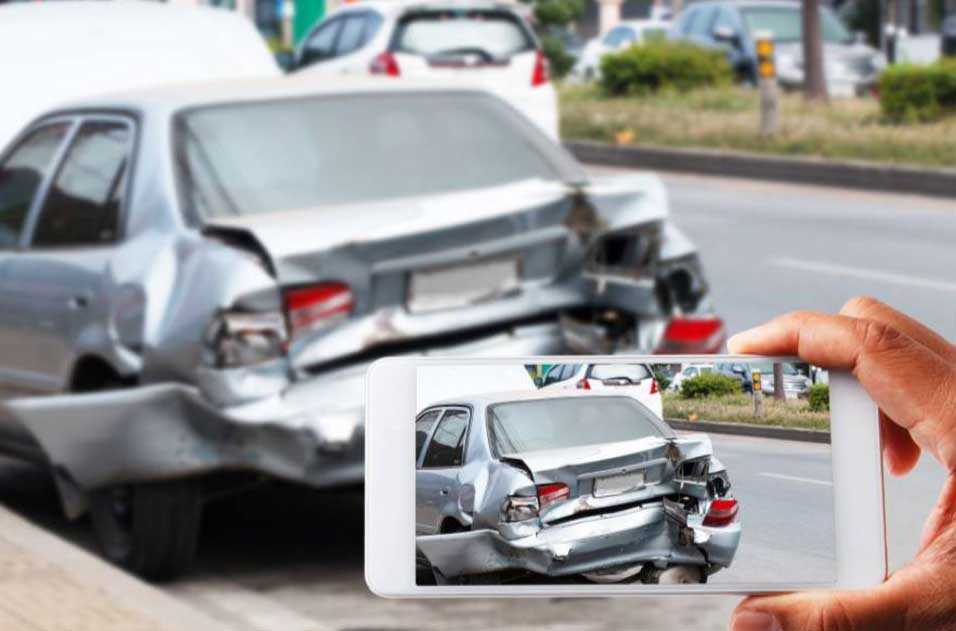Mon to Sun - 24/7 365
How to Document Your Car Accident: A Step-by-Step Guide
Table of Contents
Toggle
Being involved in a car accident can be a stressful and chaotic experience. However, properly documenting the incident is crucial to ensure you are protected legally and financially. This comprehensive guide will walk you through the steps to thoroughly document your car accident, enhancing your preparedness for insurance claims and potential legal proceedings.
Step 1: Prioritize Safety
Immediately after an accident, your first priority should be the safety of everyone involved. Assess yourself and others for injuries. If it’s safe to do so, move vehicles out of traffic to avoid further accidents and hazards. Turn on hazard lights and set up emergency cones or triangles if available. Safety should never be compromised, and ensuring everyone is secure is the initial step before documenting the accident.
Step 2: Contact Law Enforcement
Even in minor accidents, a police report can be invaluable. Contact the local police to report the accident. Officers will document the scene, collect statements, and file a report which is essential for legal and insurance purposes. The report will provide an official account of the accident, which helps prevent fraudulent claims and confirms the details of the incident.
Step 3: Exchange Essential Information
While waiting for the police, exchange vital information with the other driver. This includes:
- Names and contact information of all drivers and passengers involved.
- Insurance details including the company name and policy numbers.
- Vehicle descriptions including make, model, color, and license plate numbers.
- Driver’s license numbers for all drivers involved.
Be polite, but avoid discussing fault or details of the accident as this can complicate legal and insurance proceedings.



